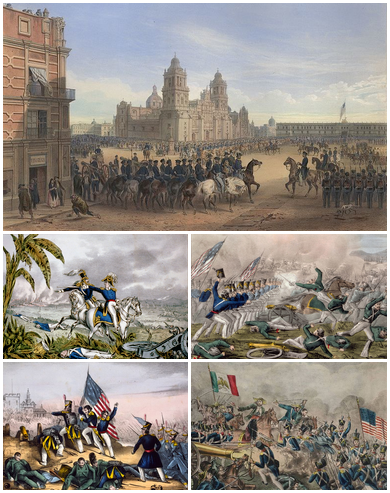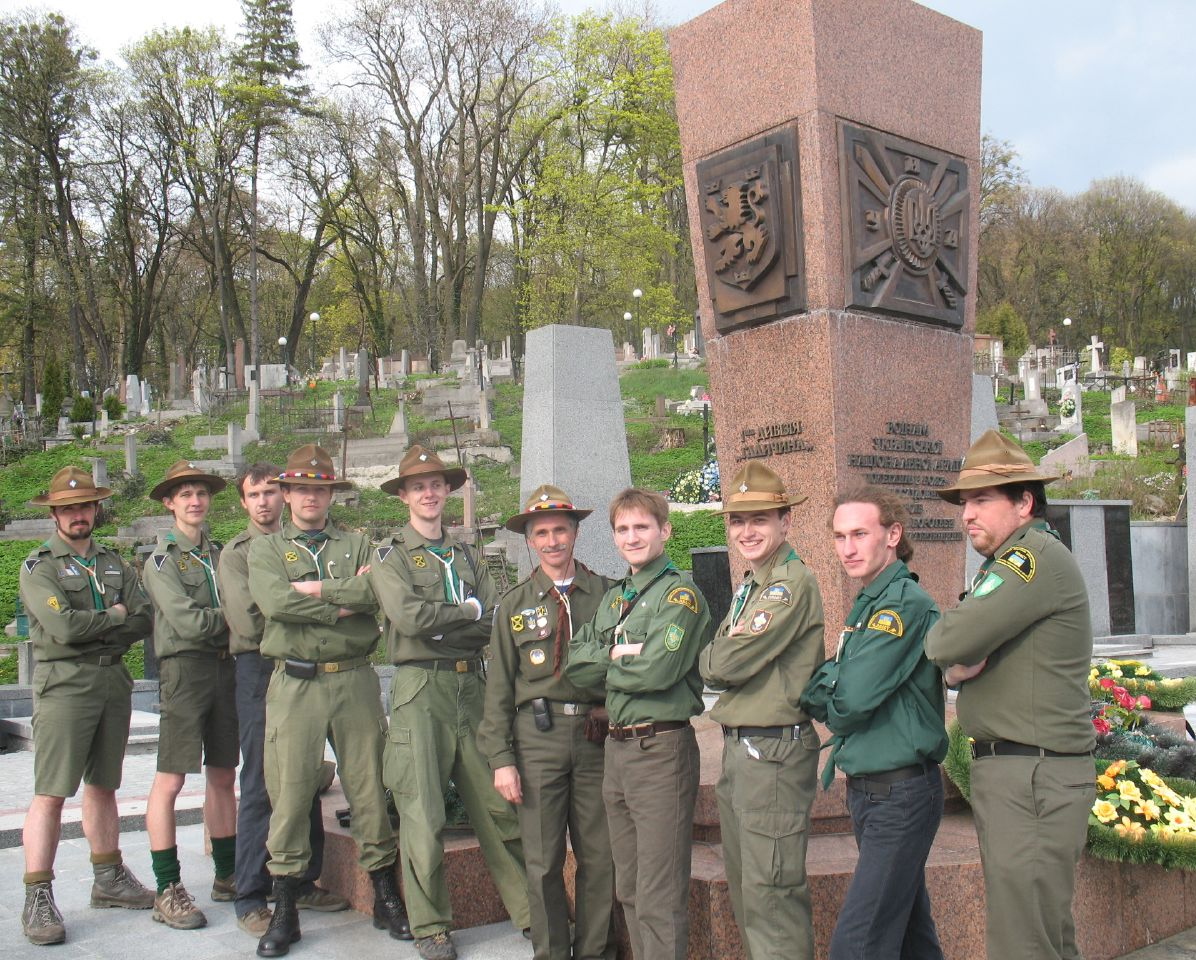|
Edward Stenzel
Edward Antoni Stenzel (10 June 1846 – 15 April 1910) was the Polish pharmacist from Kolomyia, businessperson and cavalier of the state title "Aptekarski radcy cesarski" (1898).Czasopismo Galicyjskiego Towarzystwa Aptekarskiego — nr 5. — 1910. — 1 maja. — S. 16. He was a father of the famous pharmacist from Kolomyia and Lviv . Biography According to the registry book (marriage) of St. Anthony's Church in Lviv, Edward Stenzel was born on June 10, 1846, in the city of |
Gorlice
Gorlice () is a town and an urban municipality ("gmina") in south-eastern Poland with around 29,500 inhabitants (2008). It is situated south east of Kraków and south of Tarnów between Jasło and Nowy Sącz in the Lesser Poland Voivodeship (since 1999), previously in Nowy Sącz Voivodeship (1975–1998). It is the capital of Gorlice County. History Gorlice was founded during the reign of Casimir the Great in 1354. In that year, the Stolnik of Sandomierz, Derslaw Karwacjan, received royal permission to found a town in a densely forested area of the Carpathian foothills. The existence of the town is mentioned in sources from 1388, 1404 and 1417. In the 15th century, Gorlice remained private property of the Karwacjan family. The town quickly developed, becoming a regional center of crafts and trade. In 1504, Jan Karwacjan received royal permission for two fairs annually and a weekly market. During the Polish Golden Age, Gorlice prospered. Its artisans and merchants had contacts not ... [...More Info...] [...Related Items...] OR: [Wikipedia] [Google] [Baidu] |
Gazeta Lwowska (1810–1939)
() is a Polish language biweekly magazine, published since 24 December 1990 in Lviv Ukraine. The publication refers to the traditions of a Polish language paper , which was published between 1811 and 1944 and as such was one of the oldest Polish newspapers. Originally, was a press organ of the Austrian authorities of Galicia and it limited itself to publishing legal announcements. In 1873, when Władysław Łoziński became its editor-in-chief, it began inserting local and world news, and since 1874, it published a monthly addition ''Przewodnik Naukowy i Literacki'' (''Scientific and Literary Guide''), dedicated to history, literature, geography, economics and ethnography. Among writers who cooperated with , there were Adam Krechowiecki, Ludwik Kubala, Karol Szajnocha, Józef Szujski, Alfred Wysocki, Walery Łoziński. After 1918, when Lemberg was incorporated into the Second Polish Republic, was a local daily, popular in the Lwów Voivodeship. Following the joint Nazi ... [...More Info...] [...Related Items...] OR: [Wikipedia] [Google] [Baidu] |
People From Kolomyia
The term "the people" refers to the public or common mass of people of a polity. As such it is a concept of human rights law, international law as well as constitutional law, particularly used for claims of popular sovereignty. In contrast, a people is any plurality of persons considered as a whole. Used in politics and law, the term "a people" refers to the collective or community of an ethnic group or nation. Concepts Legal Chapter One, Article One of the Charter of the United Nations states that "peoples" have the right to self-determination. Though the mere status as peoples and the right to self-determination, as for example in the case of Indigenous peoples (''peoples'', as in all groups of indigenous people, not merely all indigenous persons as in ''indigenous people''), does not automatically provide for independent sovereignty and therefore secession. Indeed, judge Ivor Jennings identified the inherent problems in the right of "peoples" to self-determination, as i ... [...More Info...] [...Related Items...] OR: [Wikipedia] [Google] [Baidu] |
1910 Deaths
Events January * January 6 – Abé people in the French West Africa colony of Côte d'Ivoire rise against the colonial administration; the rebellion is brutally suppressed by the military. * January 8 – By the Treaty of Punakha, the Himalayan kingdom of Bhutan becomes a protectorate of the British Empire. * January 11 – Charcot Island is discovered by the Antarctic expedition led by French explorer Jean-Baptiste Charcot on the ship '' Pourquoi Pas?'' Charcot returns from his expedition on February 11. * January 12 – Great January Comet of 1910 first observed ( perihelion: January 17). * January 15 – Amidst the constitutional crisis caused by the House of Lords rejecting the People's Budget the January 1910 United Kingdom general election is held resulting in a hung parliament with neither Liberals nor Conservatives gaining a majority. * January 21 – The Great Flood of Paris begins when the Seine overflows its banks. * January 22 – Completion of cons ... [...More Info...] [...Related Items...] OR: [Wikipedia] [Google] [Baidu] |
1846 Births
Events January–March * January 5 – The United States House of Representatives votes to stop sharing the Oregon Country with the United Kingdom. * January 13 – The Milan–Venice railway's bridge, over the Venetian Lagoon between Mestre and Venice in Italy, opens, the world's longest since 1151. * January 23 – Ahmad I ibn Mustafa, Bey of Tunis, declares the legal abolition of slavery in Tunisia. * February 4 – Led by Brigham Young, many Mormons in the U.S. begin their migration west from Nauvoo, Illinois, to the Great Salt Lake in what becomes Utah. * February 10 – First Anglo-Sikh war: Battle of Sobraon – British forces in India defeat the Sikhs. * February 18 – The Galician Peasant Uprising of 1846 begins in Austria. * February 19 – Texas annexation: United States president James K. Polk's annexation of the Republic of Texas is finalized by Texas president Anson Jones in a formal ceremony of transfer of sovereignty. The newly formed ... [...More Info...] [...Related Items...] OR: [Wikipedia] [Google] [Baidu] |
Lychakiv Cemetery
Lychakiv Cemetery (; ), officially State History and Culture Museum-Reserve "Lychakiv Cemetery" (), is a historic cemetery in Lviv, Ukraine. History Since its creation in 1787 as Łyczakowski Cemetery, it has been the main necropolis of the city's ( at the time named Lemberg) intelligentsia, middle and upper classes. Initially the cemetery was located on several hills in the borough of Lychakiv, following the imperial Austro-Hungarian (the city was located in Austria-Hungary at the time) edict ordering that all cemeteries be moved outside of the city limits. The original project was prepared by , the head of the Lviv University botanical garden. In mid-1850s the cemetery was expanded significantly by Tytus Tchórzewski, who created the present network of alleys and round-abouts. It then became the main city cemetery, and soon most other cemeteries were closed. The two largest that remained were the Yanivskiy Cemetery (), with many working class graves and the adjacent New Jewi ... [...More Info...] [...Related Items...] OR: [Wikipedia] [Google] [Baidu] |
Lviv
Lviv ( or ; ; ; see #Names and symbols, below for other names) is the largest city in western Ukraine, as well as the List of cities in Ukraine, fifth-largest city in Ukraine, with a population of It serves as the administrative centre of Lviv Oblast and Lviv Raion, and is one of the main Ukrainian culture, cultural centres of Ukraine. Lviv also hosts the administration of Lviv urban hromada. It was named after Leo I of Galicia, the eldest son of Daniel of Galicia, Daniel, King of Ruthenia. Lviv (then Lwów) emerged as the centre of the historical regions of Red Ruthenia and Galicia (Eastern Europe), Galicia in the 14th century, superseding Halych, Chełm, Belz, and Przemyśl. It was the capital of the Kingdom of Galicia–Volhynia from 1272 to 1349, when it went to King Casimir III the Great of Kingdom of Poland, Poland in a Galicia–Volhynia Wars, war of succession. In 1356, Casimir the Great granted it town rights. From 1434, it was the regional capital of the Ruthenian ... [...More Info...] [...Related Items...] OR: [Wikipedia] [Google] [Baidu] |
Franz Joseph
Franz Joseph I or Francis Joseph I ( ; ; 18 August 1830 – 21 November 1916) was Emperor of Austria, King of Hungary, and the ruler of the Grand title of the emperor of Austria, other states of the Habsburg monarchy from 1848 until his death in 1916. In the early part of his reign, his realms and territories were referred to as the Austrian Empire, but were reconstituted as the dual monarchy of Austria-Hungary in 1867. From 1 May 1850 to 24 August 1866, he was also president of the German Confederation. In December 1848, Franz Joseph's uncle Emperor Ferdinand I of Austria, Ferdinand I abdicated the throne at Olomouc, as part of Minister President Felix zu Schwarzenberg's plan to end the Hungarian Revolution of 1848. Franz Joseph then acceded to the throne. In 1854, he married his first cousin Empress Elisabeth of Austria, Duchess Elisabeth in Bavaria, with whom he had four children: Archduchess Sophie of Austria, Sophie, Archduchess Gisela of Austria, Gisela, Rudolf, Crown Pri ... [...More Info...] [...Related Items...] OR: [Wikipedia] [Google] [Baidu] |
General National Exhibition In Lviv
The General National Exhibition in Lviv (Polish language, Polish: ''Powszechna Wystawa Krajowa we Lwowie'') was a national exposition held in 1894 in the city of Lviv (Polish: ''Lwów'') on the centenary of the Kościuszko Uprising. Its aim was to showcase the economic and cultural achievements of Galicia (Eastern Europe), Galicia and to present the works of art of the Kingdom of Galicia and Lodomeria as well as all other Polish lands under foreign rule. History Preparations before the grand opening of the exhibition took around two years. Architects Julian Zachariewicz and Franciszek Skowron supervised the construction of the pavilions for the fair. They were assisted by Zygmunt Gorgolewski and Juliusz Hochberger. Prince Adam Stanisław Sapieha, Adam Sapieha was the Head of the Exhibition Committee while Zdzisław Marchwicki was appointed the Director of the Exhibition. It was held on the 100th anniversary of the Kościuszko Uprising against Russian Empire, Tsarist Russia and was ... [...More Info...] [...Related Items...] OR: [Wikipedia] [Google] [Baidu] |
Bukovyna
Bukovina or ; ; ; ; , ; see also other languages. is a historical region at the crossroads of Central and Eastern Europe. It is located on the northern slopes of the central Eastern Carpathians and the adjoining plains, today divided between Romania and Ukraine. Inhabited by many cultures and peoples, settled by both Ukrainians (Ruthenians) and Romanians (Moldavians), it became part of the Kievan Rus' and Pechenegs' territory early on during the 10th century and an integral part of the Principality of Moldavia in the 14th century where the capital of Moldavia, Suceava, was founded, eventually expanding its territory all the way to the Black Sea. Consequently, the culture of the Kievan Rus' spread in the region during the early Middle Ages. During the time of the Golden Horde, namely in the 14th century (or in the High Middle Ages), Bukovina became part of Moldavia under Hungarian suzerainty (i.e. under the medieval Kingdom of Hungary). According to the Moldo-Russian Chro ... [...More Info...] [...Related Items...] OR: [Wikipedia] [Google] [Baidu] |
Austrian Empire
The Austrian Empire, officially known as the Empire of Austria, was a Multinational state, multinational European Great Powers, great power from 1804 to 1867, created by proclamation out of the Habsburg monarchy, realms of the Habsburgs. During its existence, it was the third most populous monarchy in Europe after the Russian Empire and the United Kingdom of Great Britain and Ireland, United Kingdom, while geographically, it was the third-largest empire in Europe after the Russian Empire and the First French Empire. The empire was proclaimed by Francis II, Holy Roman Emperor, Francis II in 1804 in response to Napoleon's declaration of the First French Empire, unifying all Habsburg monarchy, Habsburg possessions under one central government. It remained part of the Holy Roman Empire until the latter's dissolution in 1806. It continued fighting against Napoleon throughout the Napoleonic Wars, except for a period between 1809 and 1813, when Austria was first allied with Napoleon ... [...More Info...] [...Related Items...] OR: [Wikipedia] [Google] [Baidu] |






